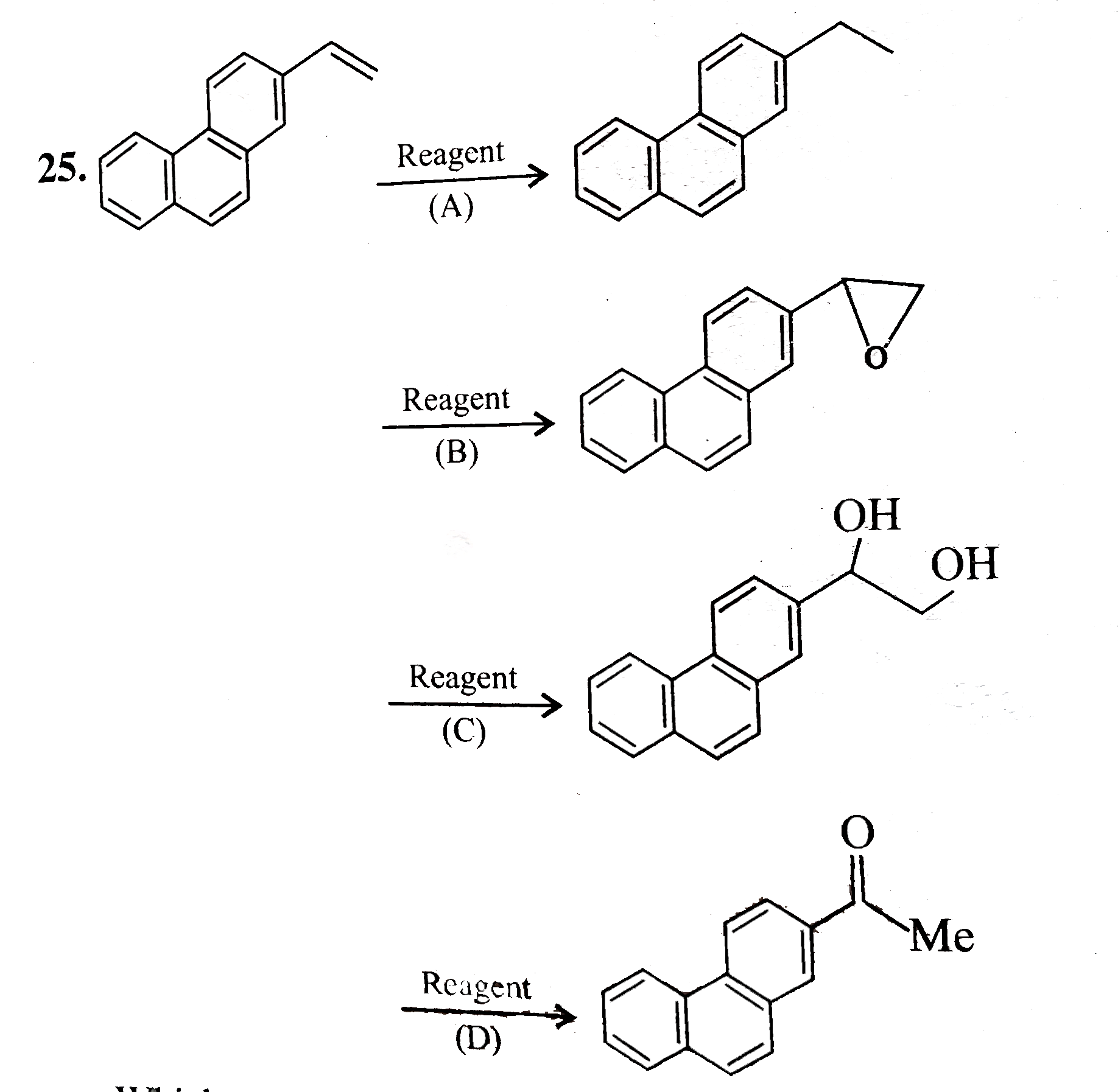Given a + b + c + d = 0. Which of the following statements are correct :
The magnitue of (a+c) equas the magnitude of (b+d).
Correct, since, →A+→B+→C+→D=0,
→A+→C=−(→B+→D) or ∣∣→A+→C∣∣=∣∣→B+→D∣∣
Similar Questions
Knowledge Check
Given a+b+c+d=0. Which of the following statements(s) is (are) correct?
Aa,b,c, and d much each be a null vectorBThe magnitude of a+c equals the magnitude of b+dCThe magnitude of a can never be greater than the sum of the magnitudes of b,c and dDb+c must lie in the plane of a and d if a and d are not colinear and in the line of a and d if they are collinearFor the reaction
A+B→2C+D which of the following statements is/are correct?ARate of disappearance of B = 1/2 x rate of appearance of CBRate of disappearance of B =1/2 x rate of appearance of CCRate of disappearance of A = rate of appearance of BDRate of disapperance of A = rate of disapperance of B.For the reaction of 4A+B→2C+D.. Which of the following statements is correct ?
AThe rate of formation of C and D are equalBThe rate of formation of D is one half the rate of consumption of ACThe rate of appearance of C is one half the rate of disappearance of BDThe rate of disappearance of B is one fourth of the rate of disappearance of A
Which of the following statement is incorrect
View SolutionGiven a+b+cd+c=0 , which of the following statements are correct?
(a) →a,→b,→cand→d must each be a null vector .
(b) The magnitude of (→a+→c) equals the magnitude of (b+d)
(c) The magnitude of →a can never be greater than the sum of the magnitudes of →b,→cand→c.
(d) →b+→c must lie in the plane of →aand→d if →aand→d are not collinear ,and in the line of →aand→d, if they are collinear.
View Solution
Which statements are correct for reagents A, B, C, and D?
View SolutionGive →A+→B+→C+→D =0,whichofthefollow∈gstatementsarecorrect?<br>(a) vec A, vec B ,vec C abd vec Cμsteachbeaνll→−−→r.<br>(b)Themagnitudeof ( vec A + vec C)equalsthemagnitudeof ( vec B + vec D0.<Br>(c)Themagnitudeof vec Acan≠verbegreaterthanthe∑ofthemagnitudeof vec B , vec C and→D.
( d) →B+→C must lie in the plance of →A+→D.if→Aand→D are not colliner and in the line of →A and →D, if they are collinear.
View Solution
Which statements are correct for reagents A, B, C, and D?
View Solution
